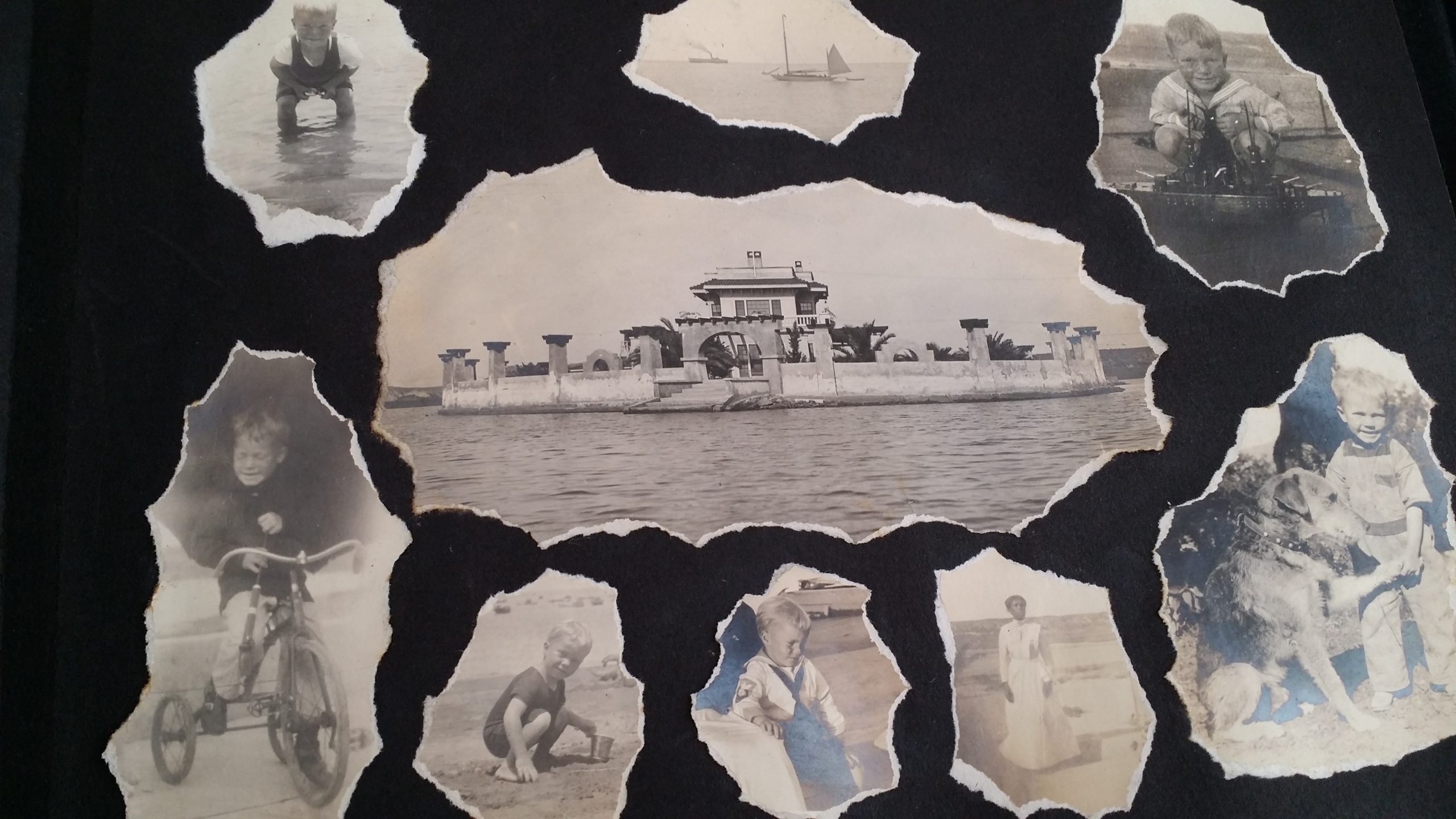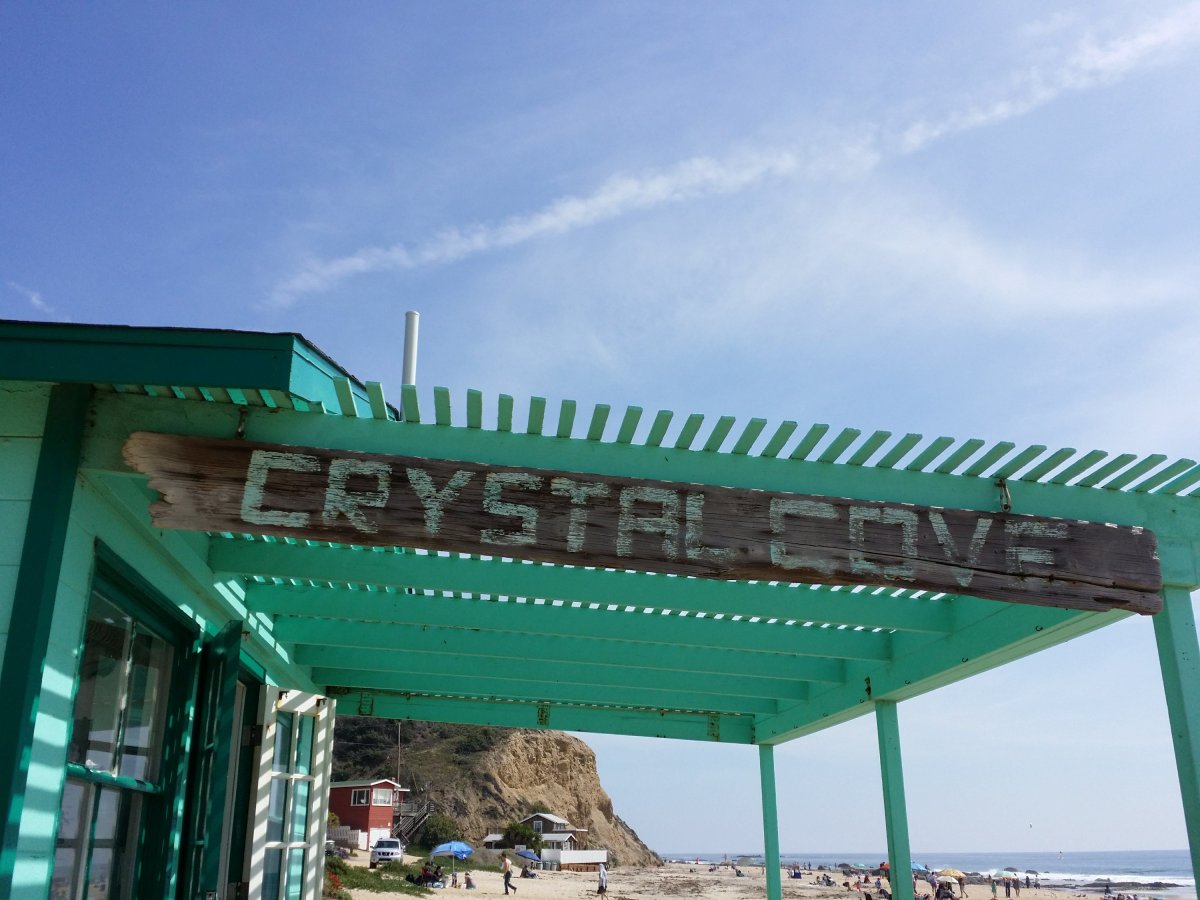
The Irvine Ranch grew Valencia oranges and was a leader in dry farming and livestock. The rangelands were reminiscent of the following hills of Ireland where James Irvine left in 1846 at nineteen years old. According to the Irvine Historical Society, James took a one-hundred-one-day journey and ate hard beans, harder tack, mahogany beef, and bilge water daily. James met Dr. Benjamin Flint, a future business partner, and Collis P. Huntington, his business challenger. “The purchase of Rancho San Joaquin from Don José Andrés Sepulveda in 1864 marked the beginning of their operations in Southern California, as well as the beginning of the land holdings that the three prosperous sheep ranchers would amass there. The entire 125,000-acre land holding would be known as the Rancho San Joaquin for many years.”


The cattle camp is where they had annual branding and gatherings. The city of Irvine has created a 15-acre event space stage and backstage room. You can reserve a renovated Chuck Wagon kitchen with modern amenities. The hiking trail contains vistas of the cattle pens near the modern-day Shady Canyon community. Bommer Canyon Preserve Cattle Camp does not have regular operating hours and is only open during scheduled programs and reservations. Please call 949-724-6620 for more information.
According to The Irvine Company, “more than 40,000 permanently protected acres of the 93,000 acre Irvine Ranch are designated a National Natural Landmark by the U.S. Department of the Interior.”

James Irvine II was known as the Lima Bean King in the late 1800s. In 1911, Irvine wrote the following to the Chicago Produce News, “We have limas in about 14,000 acres and black-eyes 4,000 acres.” According to historian Jim Sleeper, Orange County pioneer James Irvine had the biggest bean field in America that was thirty-seven square miles in 1918.
Irvine Ranch had one of its agricultural headquarters off of the 5 Freeway. Today, the La Quinta hotel stands where the beans were stored. Learn more at the Irvine Historical Society and read about the history of the area.
Irvine Ranch Historic Park is a 16.5 acre park that retains twenty-four original ranch structures. You can view the bunkhouse, foreman’s residence and witness history.
The OC Parks headquarters are located on the former Irvine Ranch homestead. The original Irvine house burnt down. The OC Public Libraries recreated the Irvine house as a library called Irvine Katie Wheeler Library in honor of the family who lived there in the 1900s. It is located at 13109 Old Myford Road Irvine, CA 92602.


The original Irvine Ranch house was built in 1868. The addition on the left side of the house was built in 1877 and is the current home of the Irvine Historical Museum.

“The Irvine family ‘mansion’ served as headquarters of the Irvine Company during the first half of the 1960s,” according to Mike Stockstill.
The University of California Irvine and the city of Irvine were master planned by William Pereira. Learn more in Pike Oliver and Mike Stockstill’s Transforming the Irvine Ranch: Joan Irvine, William Pereira, Ray Watson, and the Big Plan book. This text covers the 1947-1987 development of Irvine Ranch into the Irvine Company. Mike shared with us that he is working on a second book.

UCI was one of three new UC campuses established in the 1960s to accommodate growing enrollments across the UC system. A site in Orange County was identified in 1959, and in the following year the Irvine Company sold 1,000 acres (400 ha) of land for one dollar to the University of California in order to establish the new campus.
William Pereira, the architect behind the 1960s design of the University of California, Irvine (UCI) drew significant inspiration from J.R.R. Tolkien’s The Lord of the Rings. His vision for the campus was heavily influenced by the idea of creating a landscape that felt harmonious and almost otherworldly—similar to the fantasy environments of Tolkien’s Middle-earth. According to UCI, “The first 8 permanent buildings were completed on the main campus in 1965, designed by famed architect William Pereira in the California ‘Brutalist’ style. Subsequent buildings constructed during the remainder of the 1960s and into the 1970s conformed to Pereira’s futuristic vision.”
UC Irvine (1965-2025), Anteater Experience traces more than six decades of campus development.
The exhibit is on display from February through September 2025 at the Langson Library. View this display that illustrates key features and milestones that have helped shape the campus culture and environment. Commemorating the 60th anniversary, it includes Pereria’s master plan that starting in 1961 to the history of Peter the Anteater, the mascot.
The Irvine Museum was established in 1992 by Athalie Richardson Irvine Clarke, Joan Irvine Smith, and James Irvine Swinden to promote appreciation for California’s art. Clarke, Smith, and Swinden are all descendants of James Irvine who founded Irvine Ranch, the sprawling agricultural property that evolved into the city named for the family.
Jim Swinden and UCI signed a gift agreement in October 2016, transferring a selection of works from The Irvine Museum Collection amassed by his mother, Joan Irvine Smith (1933 – 2019). In accepting the gift, the university agreed to move forward on plans to build an art museum on campus, which is consistent with UCI’s original master plan by architect William Pereira to situate an art museum at the center of the academic experience.
UC Irvine Langson Orange County Museum of Art
Irvine, Calif., Sept. 29, 2025 — The University of California,...
Read More
Experience the agricultural roots of the city by visiting Tanaka Farms thirty-acre operation. They offer year-round educational programs. The incredible pumpkin patch requires a reservation and is one of the best experiences in the county.
🚜 Tanaka Farms offers wagon rides, barnyard educational exhibit, u-pick pumpkin and 🥕veggie patches, 🌽 corn maze, and arts & and crafts. Book your tickets in advance at tanakafarms.com
Orange County Great Park in Irvine, CA is part of the former Marine Corps Air Station El Toro. Construction started on August 1, 1942. The base officially closed on July 2, 1999. This site evidences the radical change in California communities due to military infrastructure and civilian life that sustained the home front.

On May 25, 2021, the Irvine City Council unanimously approved a Memorandum of Understanding (MOU) between the City and the Flying Leatherneck Historical Foundation (FLHF) to establish a strategy for the restoration of Hangar 296 of the former El Toro Marine Corps Air Station. It is scheduled to open in the fall of 2025.









